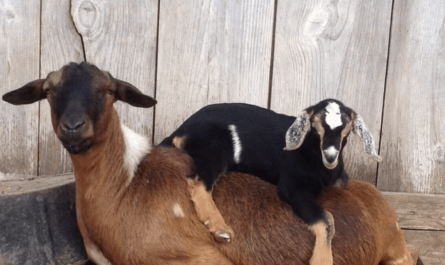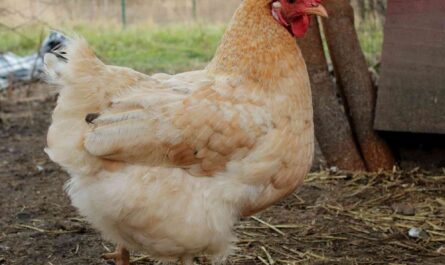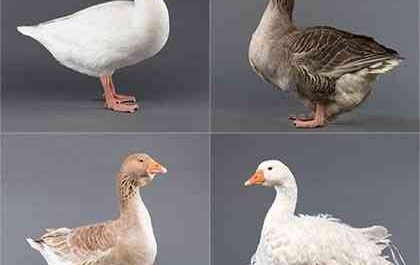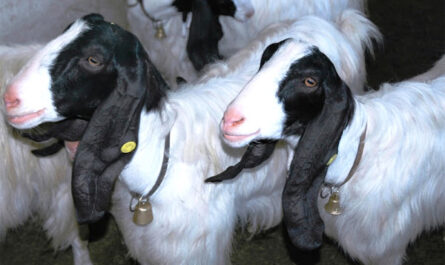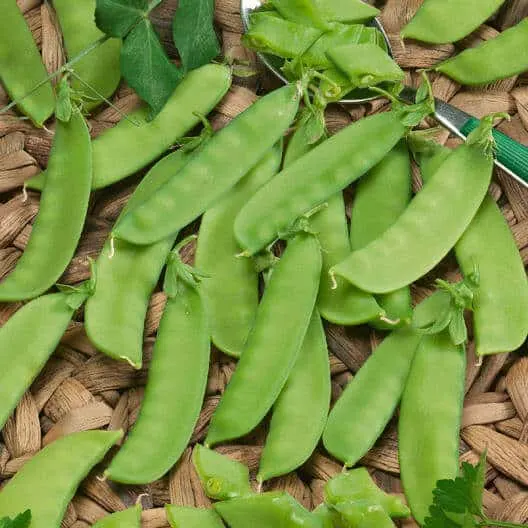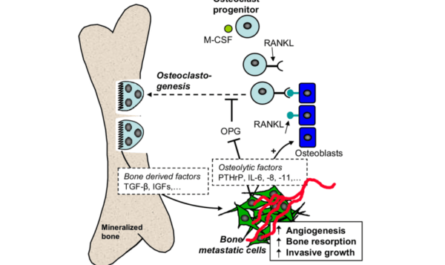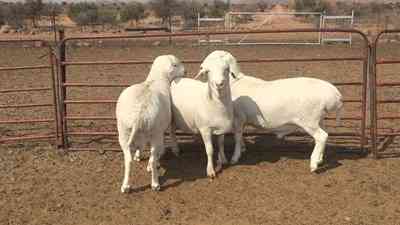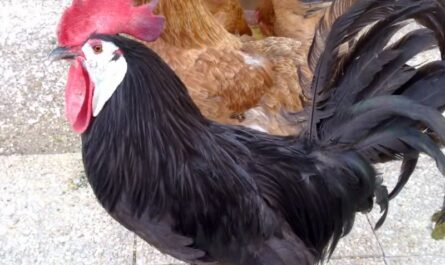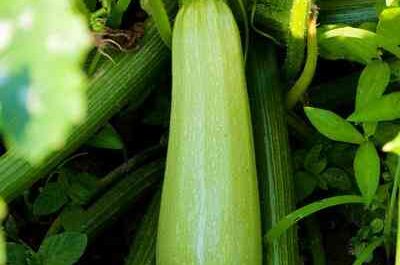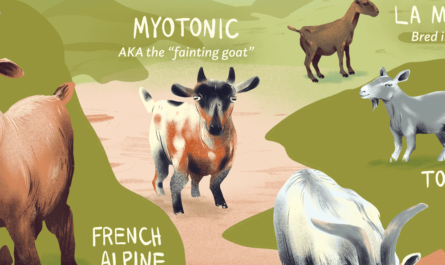Growing beets organically in your garden and cooking them in the kitchen will give you a lot of fun.
Beetroot (Beta vulgaris) is a very fast growing vegetable that can be grown anywhere. There are other names for beet such as beetroot, red beetroot, golden beetroot, table beetroot, etc.
Beets are actually called a root crop. But the most notable characteristic of beet cultivation is that “all parts of the beet are edible and tasty”.
Beets are very nutritious and good for your health. Beets can be prepared in many delicious ways.
Beets are grown not only for human consumption, but also mainly for livestock feed.
Some varieties of fodder or calenki are commonly grown to feed livestock during the winter.
How to start growing beets in your garden
Growing beets in your garden is very easy and simple. Beets have many reasons why they deserve a place in your garden.
However, here we will go into more detail on how to grow beets organically in your garden.
Select beet variety
There are many varieties of beets in the world. Choose a variety that grows well in your area. Also, when choosing, make sure there is diversity in your area.
Some common and mostly grown bit varieties are Cylindra, Chioggia, Albino, Bull’s Blood, Crosby’s Egyptian, Golden, Perfected Detroit, Red Ace, Detroit Dark Red Medium Top, Early Wonder, Touchstone Gold, Ruby Queen, etc.
You can also consult a farmer in your area when choosing a beet variety.
Collect/buy seeds
Beet cultivation is popular around the world and the seeds are available almost everywhere.
You can easily buy seeds from any seed store near you. There are also beet seed suppliers with online stores. So you can also order online.
It’s time to grow beets
Beets are a cool season vegetable, so you can start growing them in the winter.
Beets can also survive frost and near-freezing temperatures, making them an excellent choice for northern regions.
Soil preparation
Sandy, loamy, sandy soils with a pH of 6 to 7.5 are best suited for growing beets.
Prepare the soil for growing beets by adding old, well-rotted manure or homemade compost. You can also grow beets in clay soil if you can add enough organic matter to it.
Add wood ash (if possible) when preparing the soil for growing beets. Because wood ash is a rich source of potassium and promotes root growth.
planting
Planting beets is very easy. Just make sure the soil temperature reaches around 50° Fahrenheit before planting the seeds.
Then plant the seeds about half an inch deep and 1-2 inches apart at a stretch. After planting the seeds, make sure the soil stays moist for better germination.
Soaking seeds in fresh water for 24 hours will improve germination. If the soil is consistently moist, you can expect germination within 5-10 days.
Beet Care
You don’t have to follow the “plant and forget” rule when growing beets in your garden.
Beets require extra care for better growth and a good harvest. Here we detail the general steps for caring for beets.
Feed / fertilizer
Fertilizing beets is not necessary if you have already prepared the soil in the manner indicated above.
However, feeding beets with organic matter like “compost tea” will give good results.
tearing
When growing beets, proper watering is necessary because beets need to retain a lot of moisture. Water the beets regularly.
Mulching
Mulching helps retain moisture in the soil. And it also helps protect your garden from weeds.
You can spread a layer of leaves, straw or grass clippings around the beet garden.
Mulching is essential when growing beets, as it is essential for even root growth.
Cannabis control
You can control most weeds by mulching your beet plot. You can harvest extra weeds by hand and get rid of them easily.
liquefaction
Beet seeds are actually capsules with two or more seeds inside. Therefore, thinning is necessary (mandatory) for beets to produce root crops.
Get rid of the clutter by cutting off the weakest shoots soon after germination. And then after a week cut the seedlings 3-4 inches apart.
Pests and diseases
In the cultivation of beets, diseases are less frequent. Although there are some pests that pose a real problem for growing beets. Leaf pickers are common pests and they form wavy lines on beet leaves.
Small fly and leaf miner larvae feed inside the leaf, so the use of organic pesticides will not help control them. All you can do is “cut the affected leaves and destroy them”.
Flea beetles also create some problems for beets. They make small holes in the beet leaves. But in most cases, healthy beet plants can easily overcome damage quickly.
Sometimes beet plants can suffer from Cercospora leaf spot. It is a fungal disease that is exacerbated by poor plant nutrition and hot, humid weather.
Affected leaves develop small brown spots and cracked edges. To prevent this disease, follow the rules of plant rotation.
Proper thinning and a high level of soil fertility will also be very effective in preventing this disease.
Harvest
Beets mature and are ready to harvest 50-70 days after planting. Although this time may vary depending on the variety of beets, you can harvest beets at any time that suits you.
If you prefer larger bulbs, wait longer (remember they will be tougher and woodier the longer you store them).
These are common ways to grow beets organically in the vegetable garden. Hope you learned from this guide to growing beets. Good luck!
video





